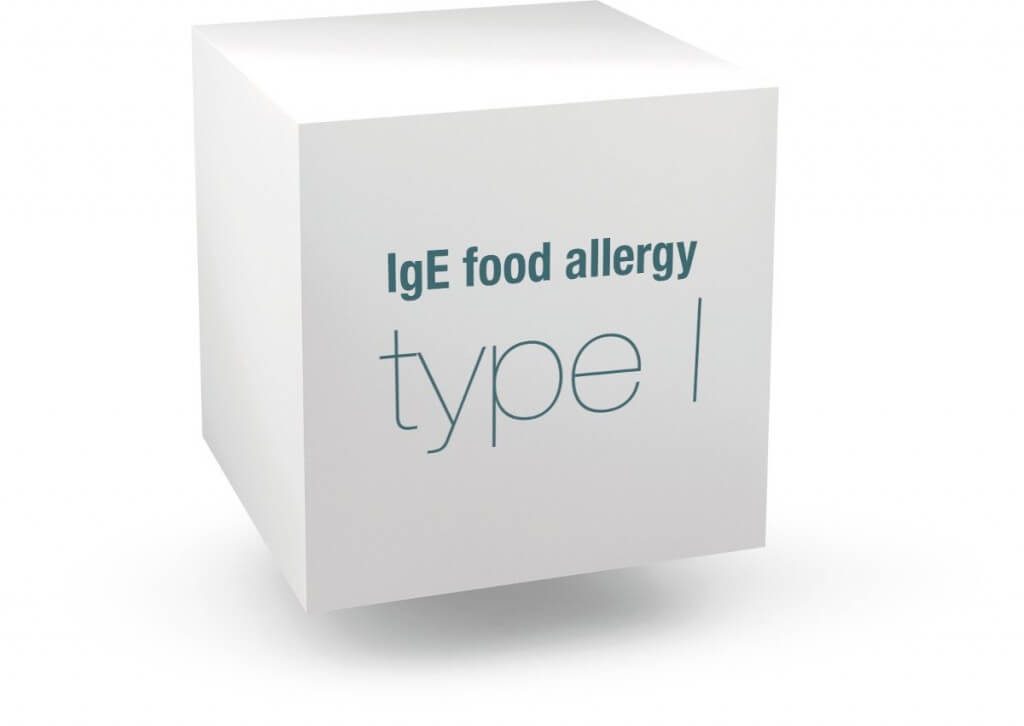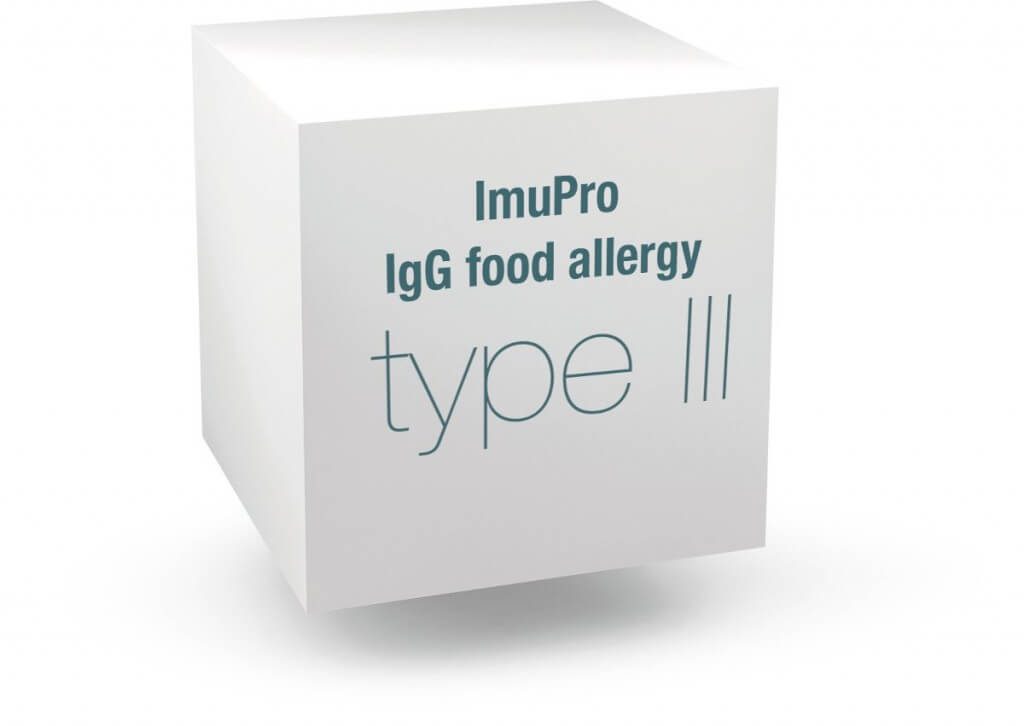Often Confused: IgE And IgG Food Allergies
Difference between classic IgE food allergies and delayed IgG food allergies
There are various reasons why a food can cause problems, among them a classic IgE food allergy (type I) and a delayed IgG food allergy (type III), the latter is also referred to as food intolerance. What both allergies have in common is that the immune system is involved. However, there are some differences in the way it responses.
Classic IgE food allergy
A classic type I allergy is when the immune system produces specific IgE antibodies (immune globulins of the subclass E). These antibodies lead to an immediate allergic reaction. The symptoms appear within seconds or minutes: severe swelling, breathing difficulty, rash, itching skin or even anaphylactic shock.
Someone who has a type I allergy will most probably know which food is causing problems, because the symptoms appear right away. Therefore, blood testing is not necessarily needed to identify this kind of allergy. IgE tests are mainly performed for confirmation. ImuPro does not detect type I food allergies.

Delayed IgG food allergy
A type III food allergy is when the immune system produces specific IgG antibodies (immune globulins of the subclass G). These antibodies can lead to inflammatory processes. The symptoms appear up to three days after the consumption of a trigger food. Learn more.
It is very difficult to pinpoint which food causes you problems because of the delayed appearance. An IgG test helps to localise and limit the suspects.
With ImuPro you will only have to avoid foods with elevated IgG antibody values. This means that you can maintain a diverse and varied diet and don’t need to restrict yourself unnecessarily. You might need to avoid salmon, for instance, but be able to eat all other fish. After a certain period of avoidance, you may reintroduce one food after the other into your diet and monitor your symptoms. This provocation phase is the crucial step to identify your personal “trigger foods”.

Quick Comparison Table: IgE food allergy vs. IgG food allergy
| Differences | IgE food allergy (type I) | IgG food allergy (type III) |
|---|---|---|
| Immune Response | Production of IgE antibodies Release of histamine mediated by IgE antibodies | Production of IgG antibodies Release of inflammatory mediators caused by binding of IgG antibodies |
| Nature of food allergy symptoms | E.g. itching, red skin, anaphylaxis, swelling of the mucous membranes | Chronic inflammatory ailments, e.g. constipation, Crohn’s Disease, diarrhoea, eczema, flatulence, Irritable Bowel Syndrome (IBS), migraines, obesity, psoriasis |
| Onset of the symptoms | Immediate reaction within a few minutes | After several hours to three days |
| Diagnostics | Prick test or IgE blood test + food challenge test | IgG blood test + food challenge test |
